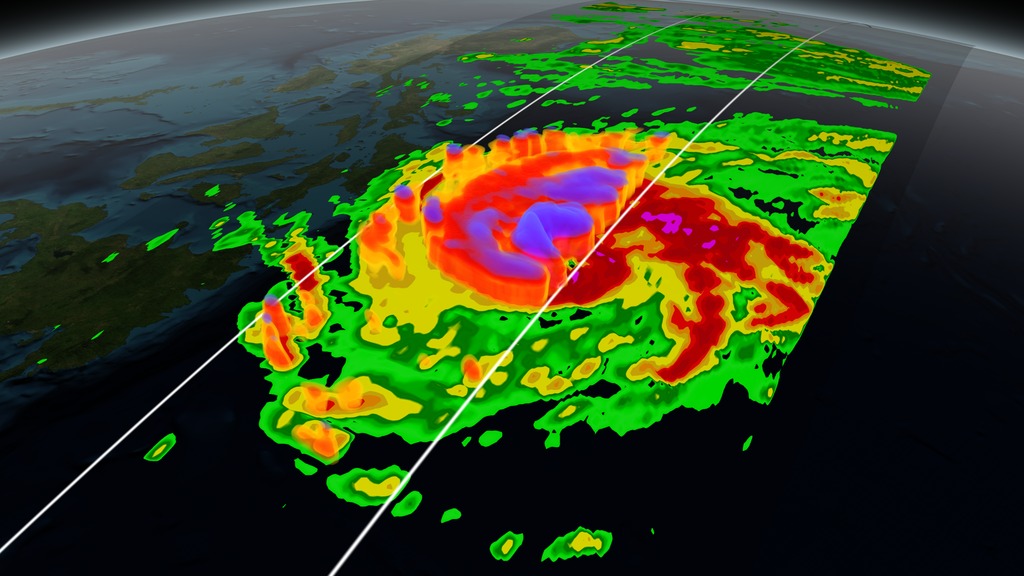GPM Scientists Answer Students' Questions About Global Precipitation
GPM scientists answer questions from students about global precipitation.
NASA's Science Mission Directorate shares the story, science and adventure of scientific explorations of our home planet, with the goal of inspiring a new generation of Earth explorers. Recognizing the vital role of teachers, the GPM Mission competitively selects a cadre of K-12 Master Teachers who are part of a collaborative learning community that is bringing NASA science to life for their students.
GPM Master Teachers and Pilot Teachers showed their students the data animation depicting six months of global precipitation, and asked their students to share their questions for NASA scientists about this new global portrait of rain and snow. This is what they wanted to know.
Questions provided by Meghan Kinkaid, an Earth science teacher at the Academy of Aerospace and Engineering High School in Hartford, CT, and David Lockett, camp STEM Director in Murfreesboro, TN.
The questions and what time they're answered in the video are below:
1. How can the rain that falls in your backyard affect people in Europe? – 00:11
2. How long did it take to build this technology? Can it track down any other precipitation? – 01:05
3. When do the most strange precipitation patterns occur throughout the world and where do these patterns occur? – 01:45
4. Why is it so important that we study precipitation? – 02:41
5. Which areas of the world get the most precipitation? The least? – 03:49
6. Why do certain parts of the U.S. get more precipitation than others? – 05:08
7. How does precipitation affect certain ecosystems? – 05:56
Is there a pattern that these weather conditions follow on a yearly basis? – 08:07
8. How do these patterns change from year to year? – 09:00
How is it [GPM] able to tell what type of precipitation is under the clouds? – 07:31
9. How is this different from the technology we already have? – 06:49
10. Thanks to the new way of taking data, have any previous assumptions been debunked, or proven? – 10:25
For More Information
See the following sources:
Credits
Please give credit for this item to:
NASA's Goddard Space Flight Center
-
Technical support
- Swarupa Nune (InuTeq)
-
Producer
- Michelle Handleman (USRA)
-
Video editors
- Rich Melnick (HTSI)
- Michael Randazzo (Advocates in Manpower Management, Inc.)
-
Project scientists
- Dalia B Kirschbaum (NASA/GSFC)
- Gail Skofronick Jackson (NASA/GSFC)
- George Huffman (NASA/GSFC)
Release date
This page was originally published on Wednesday, April 8, 2015.
This page was last updated on Wednesday, May 3, 2023 at 1:49 PM EDT.
